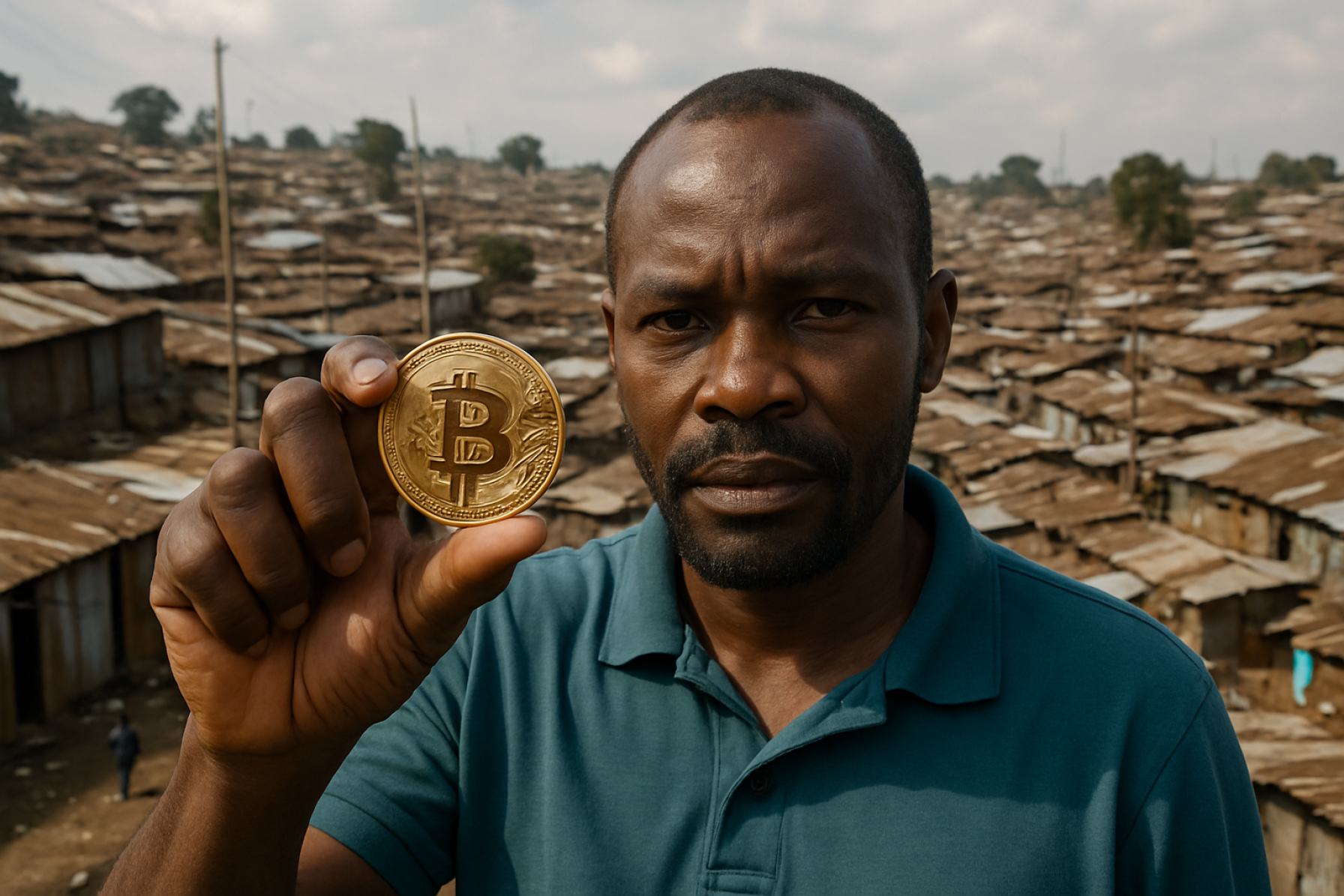Revolution on the Streets: How Bitcoin Is Empowering Nairobi’s Underbanked—But Are the Risks Worth It?
A wave of young Kenyans in Kibera is turning to bitcoin for freedom from high banking fees—experts warn it’s a double-edged sword.
- 200+ individuals use bitcoin for daily transactions in Soweto West, Kibera
- $10,000+ in bitcoin grants distributed by AfriBit Africa since 2022
- 10% of local vendors now accept bitcoin payments
- 70-80% of some users’ net worth is stored in bitcoin
Bitcoin is making surprising inroads into Kibera, Kenya’s most populous urban slum, challenging everything we think we know about financial innovation in the world’s poorest districts. In 2025, the stories unfolding in Soweto West are fast making headlines—a digital currency is giving the underbanked a taste of financial independence, while igniting fierce debate about the risks.
AfriBit Africa—a rising fintech disruptor—sparked this crypto movement. Their nonprofit arm dropped over $10,000 in bitcoin grants to local youth garbage collectors, anchoring a grassroots revolution. Garbage collection groups meet every Sunday, picking up trash, then pocketing a few dollars’ worth of bitcoin. The simplicity is exhilarating—no paperwork, no hidden fees, no waiting for approval from banks.
One food seller and collector summed up the local excitement: Bitcoin payments trump Kenya’s popular M-PESA mobile money. Why? Lower costs, lightning-fast transactions, and no service charges. Now, nearly 10% of customers at some vegetable stands in Soweto West pay with crypto.
Still, the stakes remain high. Many residents are investing up to 80% of their net worth in bitcoin—a level of exposure that financial watchdogs call dangerous. Kenya’s FinTech Alliance warns that volatility could wipe out savings in a heartbeat.
But the allure is clear: Bitcoin’s value could surge, transforming tiny investments into real wealth. And for people with no access to traditional banking, crypto offers possibility—and dignity.
Q&A: Why Is Bitcoin Gaining Popularity in Nairobi’s Kibera Slum?
Q: What’s driving young Kenyans to adopt bitcoin?
A: Frustration with high mobile money fees and slow service from M-PESA, and the promise of easy, permissionless savings.
Q: How does it work on the street?
A: Locals receive small crypto grants, then use bitcoin to buy food, pay bills, and even invest for the future.
How Can Merchants and Shoppers Use Bitcoin Safely?
- Start small: Only invest what you can afford to lose.
- Use reputable wallets and exchanges—avoid scams.
- Stay informed about crypto volatility and safe storage methods.
- Diversify savings, don’t keep all assets in bitcoin.
What Are the Big Risks and Rewards of Crypto in Slums?
Bitcoin’s biggest draw is freedom from banks and fees. But its unpredictability means fortunes can rise or fall in a day. In vulnerable communities like Kibera, this risk can be life-changing—for better or worse.
Experts urge balance: Use crypto as a stepping stone, not a lifeline. Projects like AfriBit Africa’s can drive powerful change, but education must go hand-in-hand with innovation.
For more on the future of digital finance in Africa, visit Cointelegraph or learn about global crypto trends at Forbes.
Ready to join Kenya’s crypto wave? Start smart—here’s your action plan:
- Research safe bitcoin wallets and exchanges
- Check transaction fees before sending money
- Never invest more than you can afford to lose
- Stay updated on local crypto regulations
- Share what you learn to empower your community
